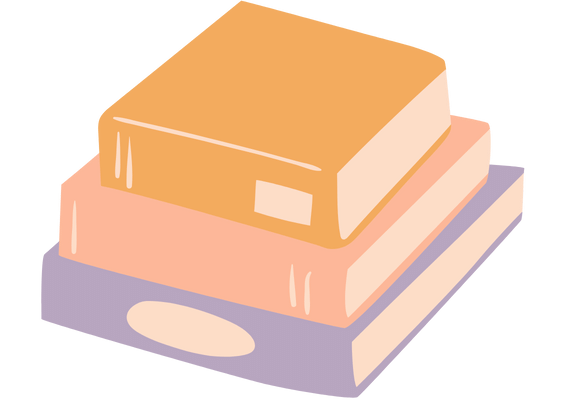
What Is The Conclusion Of A Science Lab
The conclusion of a science lab is the final result of an experiment or study. It is a summary of the data collected and the findings of the lab. The conclusion should be clear and concise, and it should explain the significance of the findings.
What do you write in a conclusion of a lab report?
The conclusion of a lab report is a brief summary of the findings of the report. It should not include any new information, and should be no more than a few paragraphs in length. In the conclusion, you should restate the purpose of the lab, summarize the results, and state your conclusions based on those results. You may also suggest future experiments that could be conducted based on your findings.
What is an example of a conclusion in science?
A conclusion in science is a statement that is made after a careful analysis of the data that has been gathered. It is a summary of the findings of the study, and is used to answer the question that was posed at the beginning of the investigation. The conclusion may also include suggestions for further research.
How to start a conclusion?
A conclusion is a paragraph, or a few paragraphs, that wraps up what you have been discussing in your paper. A conclusion should not introduce any new information; rather, it should summarize what you have already said.
There are a few things to keep in mind when writing a conclusion:
– Recap your main points
– Explain why your main points are important
– Offer a wider perspective on your topic
– Suggest further research or reading
– Draw a conclusion
What is a good way to end a conclusion?
There is no one definitive way to end a conclusion. However, there are some techniques that can help you to create a strong and effective conclusion.
One way to end a conclusion is to restate your thesis statement. This can help to remind the reader of what you were arguing for in your paper. You can also highlight the main points that you made in your paper, in order to show the reader the importance of your argument.
You can also provide a call to action in your conclusion.
This can urge the reader to take some sort of action based on the information that you have presented. For example, you might ask the reader to think about the information that you have shared and to discuss it with others.
Finally, you can provide a brief summary of the information that you have presented in your paper. This can help to remind the reader of the main points that you made and how they relate to the topic at hand.
What 4 things should be included in a conclusion?
A conclusion should typically include four things: a restatement of the thesis, a summary of the main points, an indication of what future research could be done in this area, and a call to action if necessary.
A good conclusion will remind the reader of what the paper is about and why it matters. It will also recap the main points of the paper, not just the findings, so that the reader can have a clear understanding of what has been learned. Finally, a conclusion may suggest avenues for further research, especially if the paper is a research paper. Finally, it may call for action if the paper has a policy focus.
